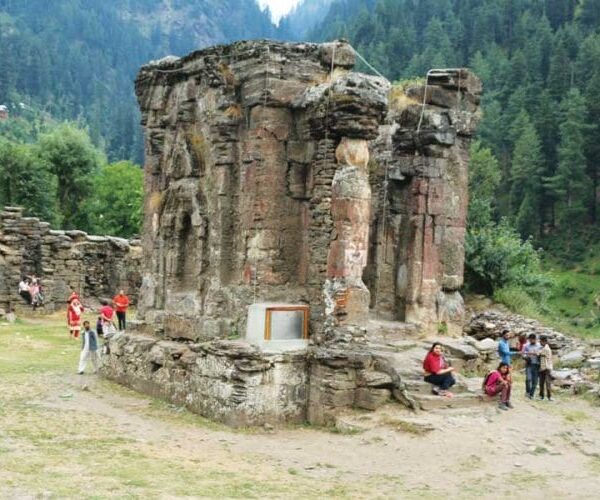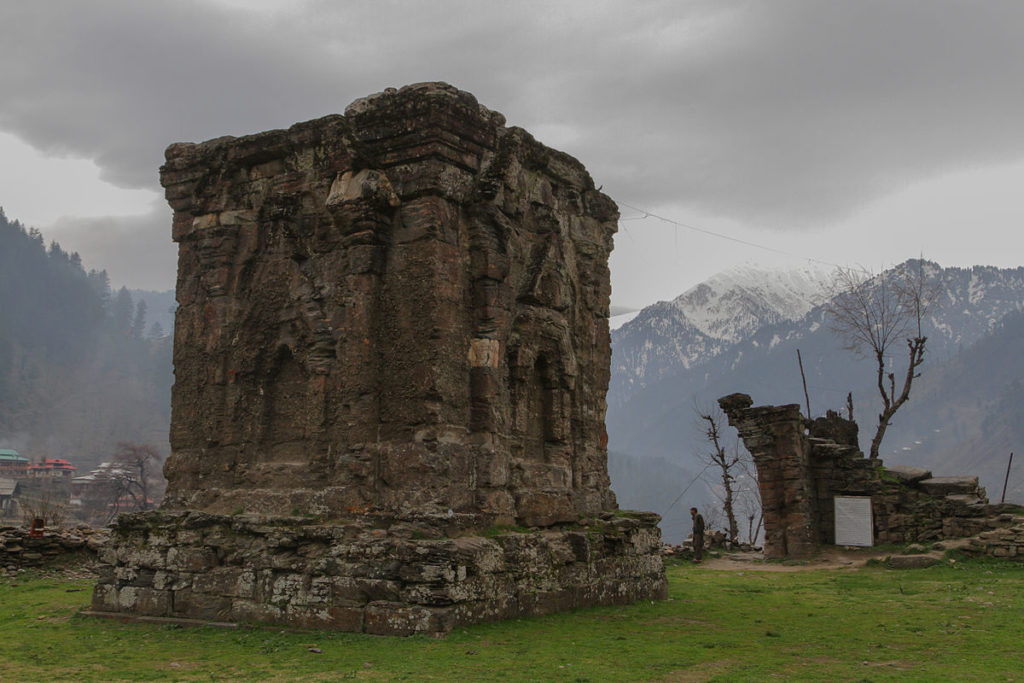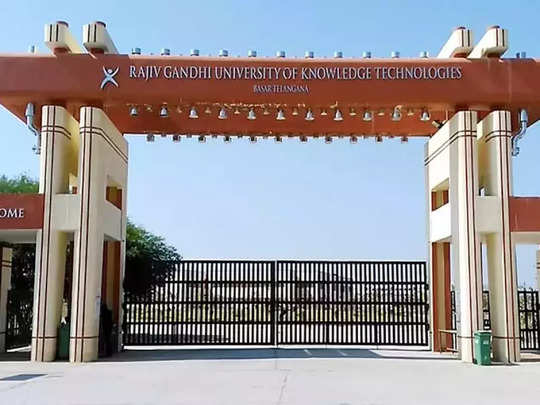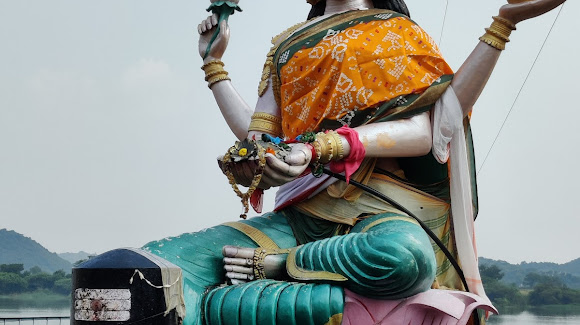Complete Guide about Saraswathi Devi Sakthipeeth, Jammu & Kashmir
-
Location
Sharda Peeth, Ladakh Q5RQ+RXP, Sharda Main Bazar, Sharda, Azad Jammu and Kashmir.
-
Timings
Every Day
05:00 AM - 12:00 PM
04:00 PM - 09:00 PM -
Entry Fee
Free Entry


Saraswathi Devi Sakthipeeth, Jammu & Kashmir
About Saraswathi Devi Sakthipeeth
According to Abul Fazl in Ain-i-Akbari (written in the 16th century), the temple “shakes and generates the most remarkable impact” on the eighth day of the month during the full moon. He does not, however, elaborate on the “exceptional effect.”
Because the temple is so important to Kashmiris, the language uses the Sharda script, which is somewhat similar to Devanagari. According to Kalhana in Rajatarangini, worshippers of Durga and Shiva from all over the nation would swarm to the Sharda temple in North Kashmir, which can be reached through Bandipur and is around 80 kilometres from Srinagar.
Thousands of pilgrims from all around the nation have continued to pray at the temple for decades. The entire temple complex is majestic and awe-inspiring, despite being in ruins presently.
A huge library with rare works on art, science, literature, architecture, music, the humanities, medicine, astrology, astronomy, philosophy, law and jurisprudence, sanskrit, etc. was attached to the temple. Even researchers from nearby nations frequented the library.
The name Kashmir, which was taken from the temple, was also known as “Shardapeeth” (the foundation of Sharda). It indicates that Shankara attained the pinnacle of spirituality. The fact that a man of only thirty had ascended to the throne of all knowledge gives us an indication of his magnificence. Since it is not possible to visit this shakti peetha, one can go to the well-known Saraswathi temple at Basara, which is located in Telangana’s Nizamabad district. Hyderabad is 207 kilometres away from Basara Sri Gnana Saraswathi Temple.
Thitunelli Temple Official website Link
www.thirunellitemple.com
The History
Sharada Peeth, the Kashmiri name for the Hindu goddess Saraswati, translates to “the seat of Sharada.” Due to its location at the meeting point of three streams, “Sharada” may also be related to the proto-Nostratic terms “sarv,” which means “flow or stream,” and “daw,” which means “blow, tip, or rock.”
Sharada Peeth was both a temple and an educational facility, making it impossible to pinpoint the exact roots of the organisation and to answer the origins question. The earliest origin theory places its age at over 5,000 years, or roughly the same period as the earliest documentation of Neolithic sites in the Kashmir Valley’s flood plains.
According to this theory, the Indo-Aryan peoples, who are thought to have arrived at the Ganges River approximately 1500 BCE, could not have built the site in the beginning. More conservative estimates place its construction during the Kushan Empire (30–230 CE), and some people think that the Martand Sun Temple’s likeness to it proves that Kashmiri monarch Lalitaditya was responsible for its construction (724 CE – 760 CE). A third school of thought contends that it was constructed over time rather than all at once.
According to certain historians, Sharada Peeth was never a centre of learning because there are no sizable ruins from what was formerly thought to be an educational place today. In response, it has been asserted that Sharda is earthquake-prone and that locals are likely to have built new structures out of the rubble of a demolished institution.
Dekho Apna Desh
The DAD of Tourism
Get Direction to Saraswathi Devi Sakthipeeth
Near Attractions


